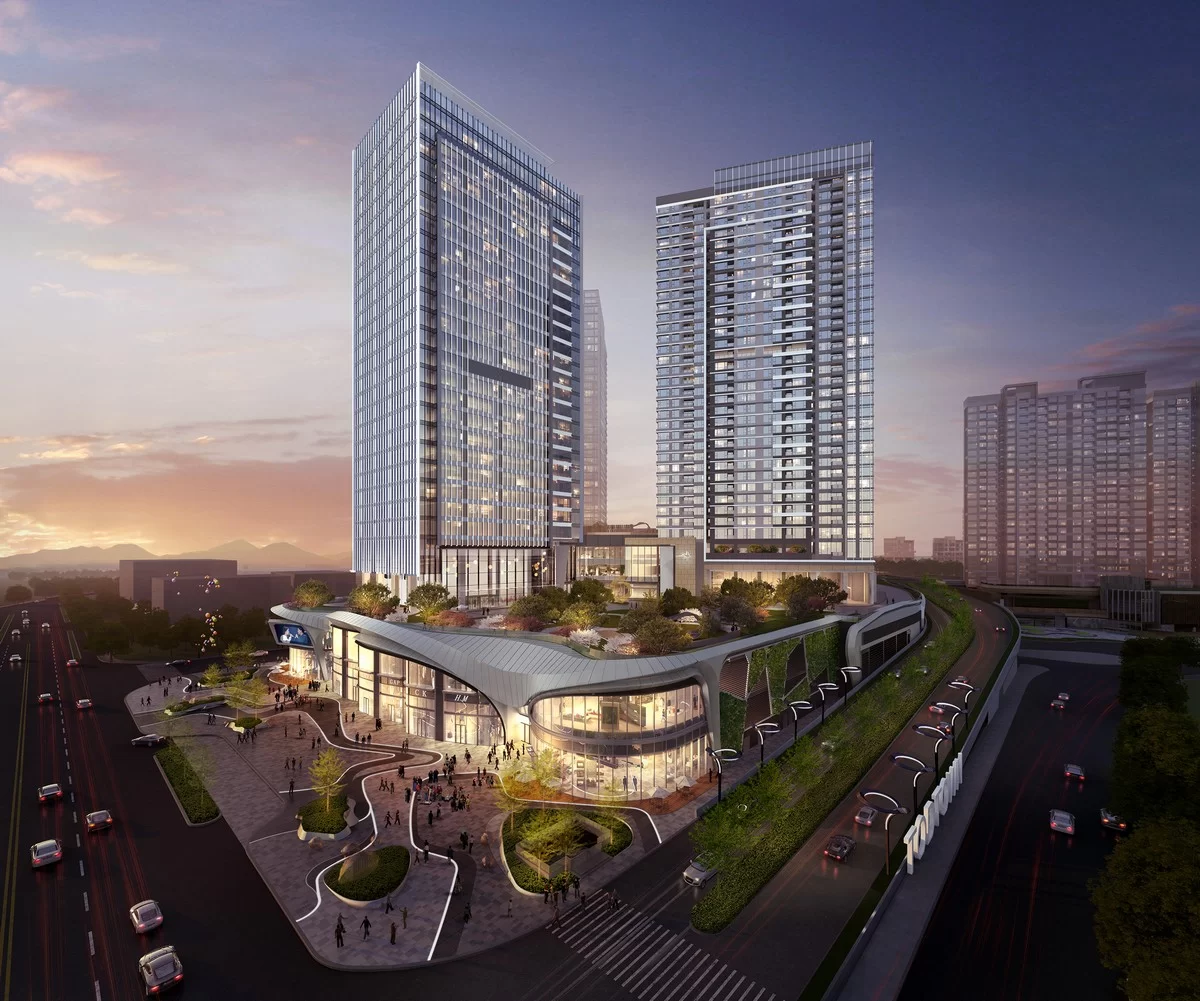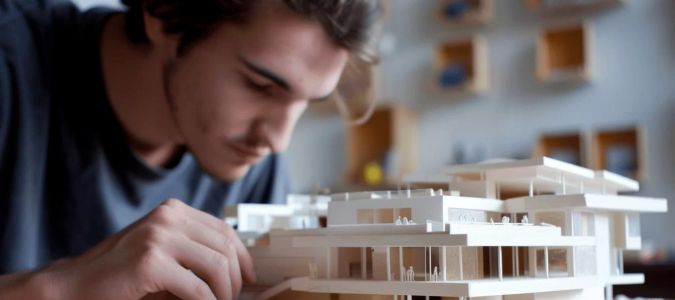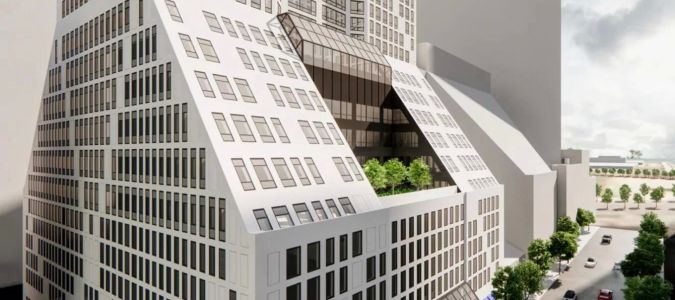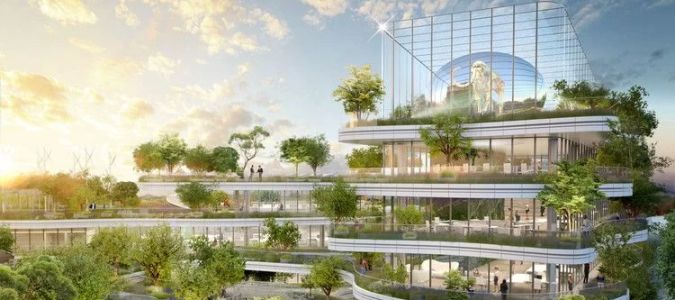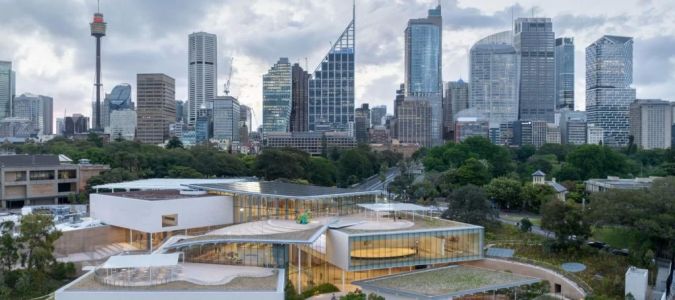The Role of Architects in Developing Transit-Oriented Developments (TOD)
- Understanding Transit-Oriented Developments (TOD)
- The Importance of Architecture in TOD
- Case Study: Successful TOD Projects
- Sustainable Design in TOD
- Architects' Influence on Urban Planning and Mobility
Understanding Transit-Oriented Developments (TOD)
Transit-Oriented Developments (TOD) are urban planning strategies aimed at creating high-density communities around public transportation hubs. These developments are designed to promote sustainable urban living by encouraging the use of public transportation while reducing dependence on cars. The role of architects in TOD is pivotal, as they ensure the integration of functional design, environmental considerations, and accessibility within these urban spaces.
TOD projects often involve the development of mixed-use areas, combining residential, commercial, and recreational spaces within walking distance of transit stations. This promotes a vibrant community where mobility is prioritized, and residents can seamlessly connect to public transport options.
The Importance of Architecture in TOD
Architects play a crucial role in the development of TOD by shaping the physical environment in a way that enhances its functionality and accessibility. Their work involves designing spaces that are not only aesthetically pleasing but also conducive to community engagement, sustainable living, and easy access to transportation.
One of the key aspects of TOD is the thoughtful integration of transit stations with the surrounding urban environment. Architects ensure that the infrastructure surrounding these stations is well-designed, creating seamless transitions between transportation and the built environment. They also focus on creating pedestrian-friendly areas, ensuring that walking and cycling are safe and convenient modes of transport.
Case Study: Successful TOD Projects
There are several notable examples of TOD projects around the world that demonstrate the important role of architects in shaping these developments. A prime example is the Vancouver SkyTrain system in Canada, where the city has successfully integrated transit stations into its urban landscape, making it easy for people to live, work, and travel within the same area.
Another successful TOD project is the Shibuya Station Redevelopment in Tokyo, Japan, which involved a complete redesign of the station and surrounding district. Architects transformed Shibuya into a bustling urban hub, incorporating green spaces, residential towers, and shopping districts, all interconnected by transit. This project highlights how architects can creatively use space to improve urban mobility and quality of life.
Sustainable Design in TOD
Sustainability is at the heart of TOD, and architects are key to ensuring that these developments are environmentally responsible. They design buildings that are energy-efficient, use sustainable materials, and incorporate green spaces to reduce the urban heat island effect. Additionally, TOD designs prioritize water conservation, renewable energy sources, and waste management systems, contributing to a healthier and more sustainable urban environment.
The inclusion of green infrastructure, such as green roofs and solar panels, helps minimize the environmental impact of TOD projects. Architects also focus on creating walkable communities, reducing the need for cars, and promoting public transport systems that reduce carbon emissions.
Architects' Influence on Urban Planning and Mobility
The role of architects in TOD extends beyond design to influence broader urban planning decisions. They are integral in shaping how cities evolve, ensuring that new developments align with long-term goals for transportation and urban growth. Architects work closely with urban planners, engineers, and city officials to create comprehensive TOD strategies that prioritize mobility, sustainability, and accessibility.
One example of architects' influence on urban mobility is their role in designing pedestrian-friendly streetscapes and public spaces. They ensure that these areas encourage walking, cycling, and the use of public transport. Their designs help create more cohesive urban environments where different modes of transport coexist seamlessly, contributing to a more sustainable and connected city.
As cities continue to grow and transit systems evolve, architects will remain key players in shaping the future of urban mobility. Their expertise in creating functional, sustainable, and beautiful spaces makes them indispensable in the development of TOD projects.
If you're interested in learning more about the role of architects in shaping TOD or exploring other urban design solutions, visit 10 Jay Street for more information.



